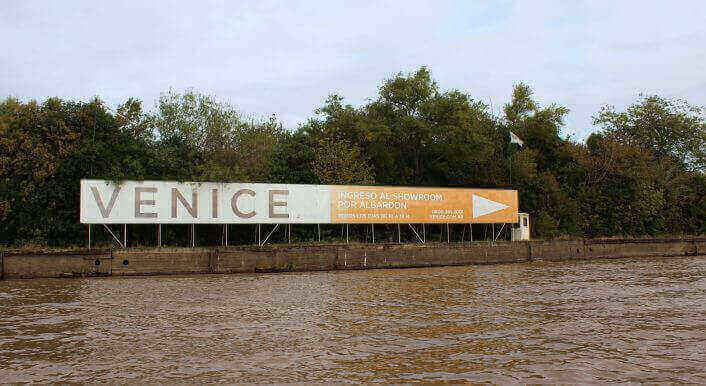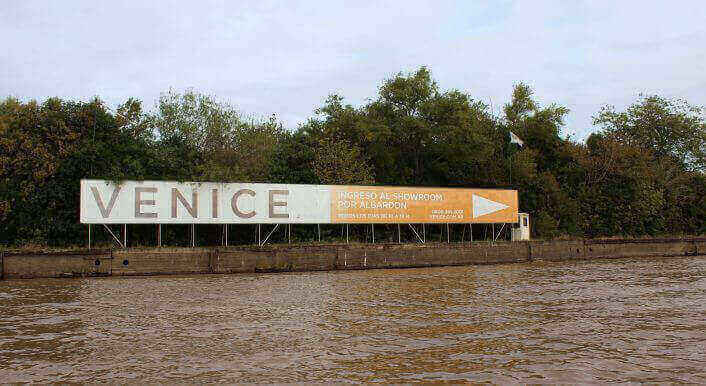Wanted: A masterplan for St. Petersburg
Once upon a time, the "Venice of the North" was built in swamp near the coast. Now St. Petersburg is vulnerable to the rising sea. The problem: There is still no master plan to protect the city from climate change.

In the 1970s it was considered progressive to move to one of the low-rise buildings of Vasilij, an island in the Newa Delta, the most modern city district in the then Leningrad. The Soviet citizens escaped the narrowness of the old buildings in the historic center of the city, and some of the balconies on the Vasilij Island had a sea view. Till today, more than 200,000 people live near the coast. They will all be affected by the rise of sea level.
In the 18th century, Zar Peter the Great literally wrestled the city from the water. A few meters above sea level, he built the then Russian capital in the marsh of the mouth of the Neva. To build the buildings, wooden piles were driven into the muddy ground. Because of the many canals the city is considered the Russian Venice. Over five million people live today on 42 islands, St. Petersburg is one of the economic centers of Russia. Refineries, arms factories and tool factories are located near the coast, the port is the most important in Russia.
The city has always had to contend with flooding. Over 300 times St. Petersburg was haunted by floods in its 300-year of the history. Even to Soviet times in the beginning of 1970’s the planning of a storm service, which separates the Finnish sea gulf from the city. So long before climate change and the resulting rise in the sea level became the subject.
The 25-kilometer-long St. Petersburg dam over the island of Kotlin was completed in 2011, the ships can pass it through two gates. The construction of the dam has cost more than three billion Euros. Since its inception, the dam has protected the city over a dozen floods, is proud to announce an advertising film for the five-year anniversary of the barrier.
But now, alongside the regular floods, the city is confronted with another challenge: the rise in sea level as a result of climate change.
Climate change and its effects are an issue in Russia, especially for scientists. Among them, Valery Malinin is regarded as the leading expert by the Russian Academy of Natural Sciences. The country, Malinin says, is bordering five seas, on all shores the rise of sea level is measured, “but the city that is most affected by the effects of climate change is St. Petersburg. For “Little separates the city from the sea.” And it comes closer. In a study, the professor says that every year up to three meters of beach near the city of St.Petersburg were lost.
There is much to do next to the dam building. According to the professor, the city needed an overall concept.
According to him, the city administration of St. Petersburg should have followed the example of Rotterdam. Since 2008, the Dutch harbor city has been working to defend itself against the rise in the sea level. Rotterdam is considerably smaller with its 1.3 million people. “But Rotterdam has recognized the signs of the times,” says Malinin. As soon as you start the preparations, its better.
It is only slowly that the political leaders in St. Petersburg enter the aisles. After many essays and conferences on the subject, the city administration has decided to also develop a master plan for population and industry on the rise of sea level.
Prepare. But nothing is more concrete, the plans just have begun.
The problem of the rise in sea-level would, as the Russian professor is convinced, remain, even if it succeeded in throttling global warming. Malinin says it takes decades to make a change in the climate in the depths of the ocean.



